As you know, I’m leery of any potty training method that promises too much. I don’t believe you can train your child in a day or three days, and I don’t believe that a miracle intervention is all that stands between you, your son and a diaper-free household.
So I’m naturally leery of The No-Cry Potty Training Solution, by Elizabeth Pantley, author of the popular No-Cry series, including the original No-Cry Sleep Solution. Any book that promises no tears seems just a bit too good to be true.
But Pantley does offer some good ideas. Check out this excerpt:
Potty Training – Get Ready, Get Set, GO!
If your child is near or has passed his first birthday, you can begin incorporating pre-potty training ideas into his life. They are simple things that will lay the groundwork for potty training and will make the process much easier when you’re ready to begin.
During diaper changes, narrate the process to teach your toddler the words and meanings for bathroom-related functions, such as pee-pee and poo-poo. Include descriptive words that you’ll use during the process, such as wet, dry, wipe, and wash.
If you’re comfortable with it, bring your child with you when you use the toilet. Explain what you’re doing. Tell him that when he gets bigger, he’ll put his pee-pee and poo-poo in the toilet instead of in his diaper. Let him flush the toilet if he wants to.
Help your toddler identify what’s happening when she wets or fills her diaper. Tell her, “You’re going poo-poo in your diaper.” Have her watch you dump and flush.
Start giving your child simple directions and help him to follow them. For example, ask him to get a toy from another room or to put the spoon in the dishwasher.
Encourage your child to do things on her own: put on her socks, pull up her pants, carry a cup to the sink, or fetch a book.
Have a daily sit-and-read time together.
Take the readiness quiz again every month or two to see if you’re ready to move on to active potty learning.
Get Set
Buy a potty chair, a dozen pairs of training pants, four or more elastic-waist pants or shorts, and a supply of pull-up diapers or disposables with a feel-the-wetness sensation liner.
Put the potty in the bathroom, and tell your child what it’s for.
Read books about going potty to your child.
Let your child practice just sitting on the potty without expecting a deposit.
Go
Begin dressing your child in training pants or pull-up diapers.
Create a potty routine–have your child sit on the potty when she first wakes up, after meals, before getting in the car, and before bed.
If your child looks like she needs to go–tell, don’t ask! Say, “Let’s go to the potty.”
Boys and girls both can learn sitting down. Teach your son to hold his penis down. He can learn to stand when he’s tall enough to reach.
Your child must relax to go: read a book, tell a story, sing, or talk about the day.
Make hand washing a fun part of the routine. Keep a step stool by the sink, and have colorful, child-friendly soap available.
Praise her when she goes!
Expect accidents, and clean them up calmly.
Matter-of-factly use diapers or pull-ups for naps and bedtime.
Either cover the car seat or use pull-ups or diapers for car trips.
Visit new bathrooms frequently when away from home.
Be patient! It will take three to twelve months for your child to be an independent toileter.
Stop
If your child has temper tantrums or sheds tears over potty training, or if you find yourself getting angry, then stop training. Review your training plan and then try again, using a slightly different approach if necessary, in a month or two.
Excerpted with permission by McGraw-Hill Publishing from The No-Cry Potty Training Solution (McGraw-Hill 2006).
Check out those last few sentences: “It will take three to twelve months for your child to be an independent toileter.” “If your child has temper tantrums or sheds tears…or if you find yourself getting angry, then stop training.”
Maybe we simply expect too much of our sons — and ourselves. Learning to use the toilet is a huge skill, requiring all kind of coordination, and teaching our sons to be civilized human beings is a massive undertaking. So for today, stop worrying about where he pees and poops and just love him. Love him for the wonderful little person he is, and love yourself for creating and caring for such an amazing creature.
Potty training will come. I promise.
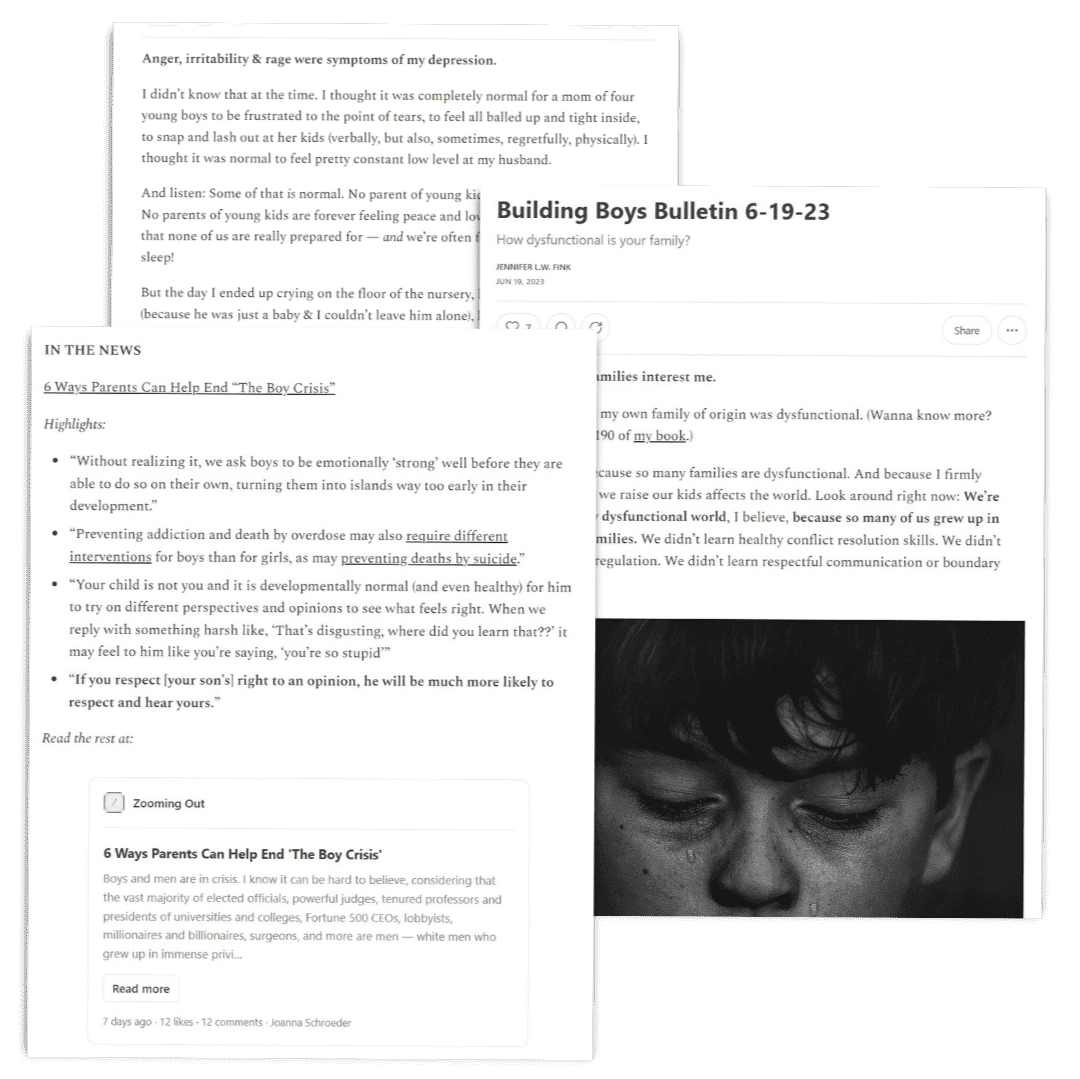

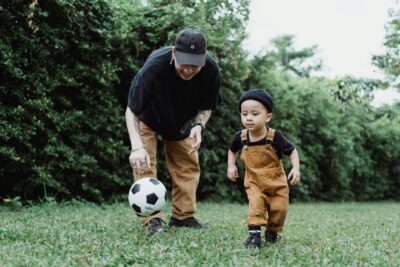
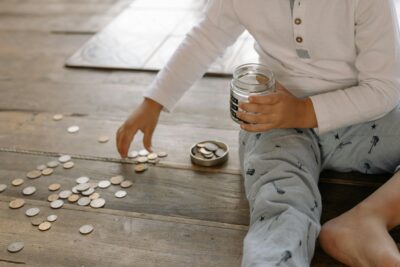
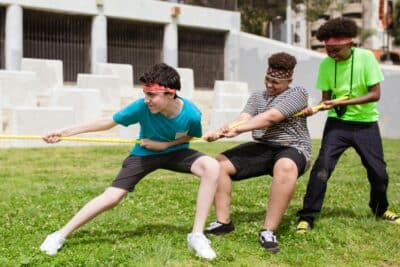
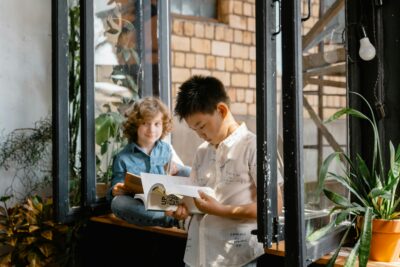

2 Responses
Your last paragraph is such an important reminder. It actually brought tears to my eyes. We too often only see the problems with our sons, wishing they would conform to societies expectations. If that truly came to be, it would be a very sad day. Enjoy life, enjoy your children, and see their gifts instead of their faults. Thank you for your posting.
We did the No Cry thing and it worked great. Potty training was the single most anxiety-inducing part of being a parent to me. Well, aside from, you know, BIRTH. I had no idea how to go about it, how long it would take, anything. One friend of mine, when I asked her how she did it, said – and this is verbatim “I did it according to the moon and the Farmer’s Almanac”. Me: ???
Anyway, Elizabeth Pantley’s book gave me a concrete plan. I had MUCH more patience knowing it was a year long process. We waited until he was right at three, and he potty trained almost immediately. He has NEVER wet his bed, which amazes me, and only had a few accidents in his pants during the first few weeks.
My husband is in a hurry to get my daughter out of diapers (she’s 2 1/2). To me though, I can struggle with accidents for 8 months and she’ll get it when she’s three, or I can wait until she’s three and she’ll get it in a matter of weeks. Why put myself through that needlessly?
My potty training mantra: It doesn’t matter if he is trained at two or three – it’s not like we are sending him off to college in diapers, the actual date is meaningless, and probably won’t be remembered that acurately anyway. My mother in law told us many times how my husband was potty trained by the time he was one. ONE! Obviously, she is mis-remembering it. So in a few years, it won’t even matter, it will all be a memory.